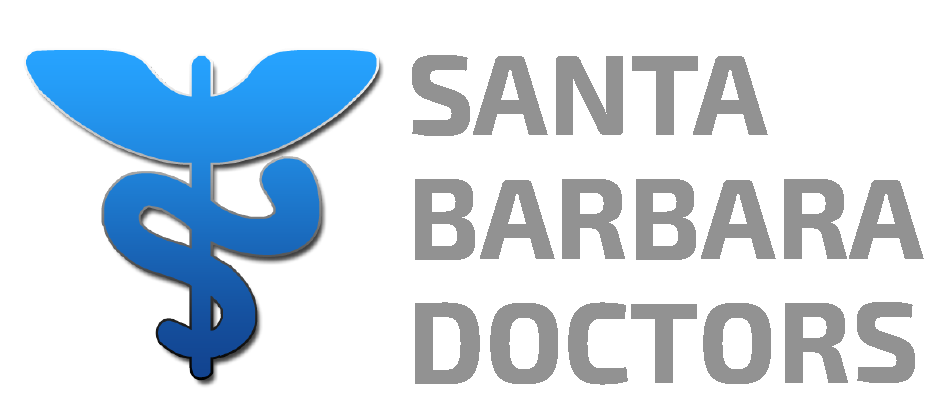OSTEOPOROSIS
 Osteoporosis became an area of interest for me early in my medical career. As a third year medical student caring for elderly patients in the hospital with hip fractures I thought “There has to be a better way.” At that time we didn’t have any way to detect this disease before the fracture or any medication to prevent it. “Oh, the times they are a changin’”
Osteoporosis became an area of interest for me early in my medical career. As a third year medical student caring for elderly patients in the hospital with hip fractures I thought “There has to be a better way.” At that time we didn’t have any way to detect this disease before the fracture or any medication to prevent it. “Oh, the times they are a changin’”
Osteoporosis is a disease that makes bones more fragile and easy to break. It affects millions of Americans and is a major cause of hospitalization and death. Women are affected more than men and the older you are, the greater the risk. The most common fractures caused by osteoporosis include hip, vertebra (back bone), wrist and rib. Osteoporosis is a silent disease. It does not cause pain until you fracture a bone. Did you know that 50% of people who fracture their hip will die within the next year!
The best way to detect this debilitating disease is to have a bone density exam or DXA.This fast and easy x-ray exam can predict your risk of having an osteoporosis related fracture.
Generally, we recommend that you start getting screened for osteoporosis at the time of menopause if you are a woman and at the age of 70 if a man. We may recommend earlier screening if your health history indicates greater risk.
We can predict your risk of fracture by assessing DXA results and/or analyzing risk factors. It is generally recommended to begin prescription treatment for osteoporosis if your ten year risk of hip fracture exceeds 3% or your ten year risk of overall fracture exceeds 20%.
We currently have three different types of medications available to treat osteoporosis. The first and most widely used class of medications are called bisphosphonates and include medications such as fosamax, actonel and boniva. These medications are taken by mouth, once a week or once a month, and can be administered intravenously. The second class of medications available to treat osteoporosis are SERMS (Selective estrogen receptor modulators). Currently Evista is the only FDA approved SERM available to treat osteoporosis. BONUS…this once a day oral medication has also been shown to reduce breast cancer risk! Finally, in severe cases of osteoporosis we recommend an injectable medication called Forteo.
Prevention is the key!! There are things that you can do today to prevent this disease. First of all, getting enough calcium and vitamin D daily in your diet will help. It is generally recommended that a post menopausal woman gets 1500 mg of calcium and 1,000 IU of vitamin D daily. This includes through both diet and supplements. It is also important to participate in weight bearing exercise daily. This doesn’t necessarily mean lifting weights, but could include simple walking , pilates or aerobics. Any activity that will put strain on your bones (particularly the hips and spine) is considered weight bearing.
Begin today!! By incorporating these simple changes into your life you’re on your way to better health!!

